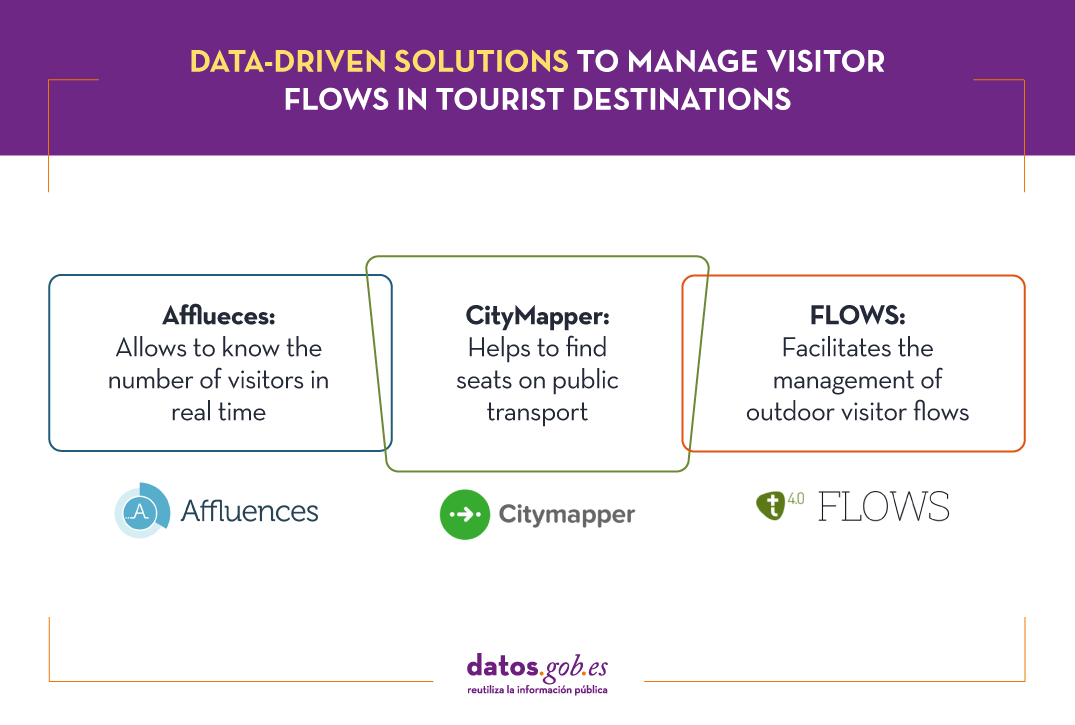
Today's tourism industry has a major challenge in managing the concentration of people visiting both open and closed spaces. This issue was already very important in 2019, when, according to the World Tourism Organisation, the number of travellers worldwide exceeded 1.4 billion. The aim was to minimise the negative impact of mass tourism on the environment, local communities and the tourist attractions themselves. But also, to ensure the quality of the experience for visitors who will prefer to schedule their visits in situations where the total occupancy of the area they intend to visit is lower.
The restrictions associated with the pandemic drastically reduced visitor numbers, which in 2020 and 2021 were less than a third of the number recorded in 2019, but made it much more important to manage visitor flows, even if this was for public health reasons.
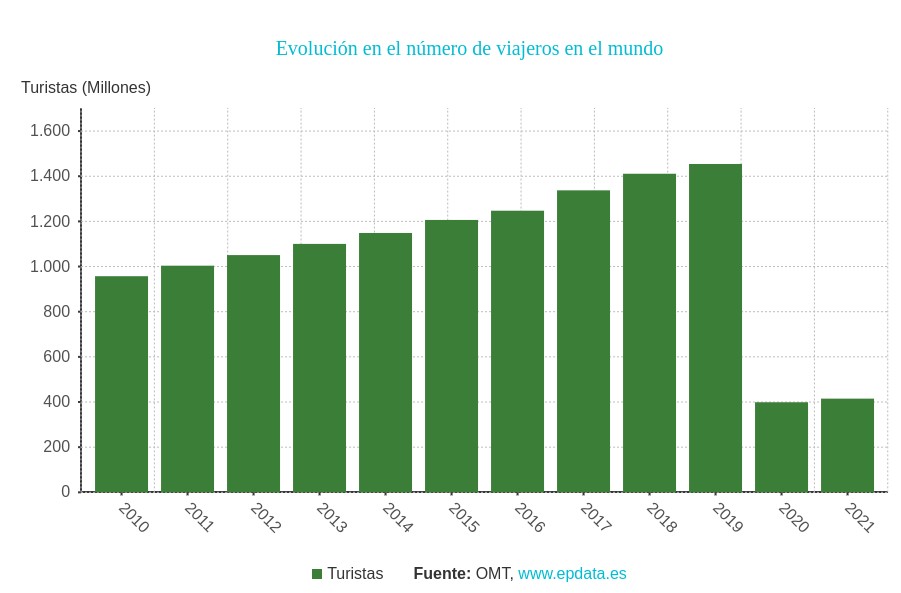
We are now in an intermediate situation between restrictions that seem to be in their final phase and a steady growth in visitor numbers, making cities more sensitive than ever to use data-driven solutions to promote tourism and at the same time control visitor flows.
Know the number of visitors in real time with Afflueces
Among the occupancy management applications that help tourists avoid queues and crowds indoors is Affluences, a French-born solution that allows tourists to monitor the occupancy of museums, libraries, swimming pools and shops in real time.

The proposal of this solution consists of measuring the influx of visitors in closed spaces using people counting systems and then analysing and communicating it to the user, providing data such as waiting time and occupancy rate.
In some cases, Affluences installs sensors in the institutions or uses existing sensors to measure in real time the number of people present in the institution. In other cases, it uses the real-time occupancy data provided by the facilities as open data, as in the case of the swimming pools of the city of Strasbourg.
The data measured in real time are enriched with other sources of information such as attendance history, opening calendar, etc. and are processed by predictive analytics algorithms every 5 minutes. This approach makes it possible to provide the user with much more accurate information than can be obtained, for example, via Google Maps, based on the analysis of location data captured via mobile phones.
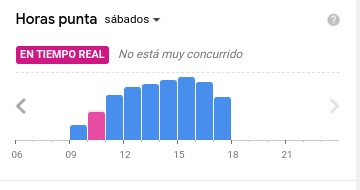
Find a seat on public transport with CityMapper
CityMapper is probably the best known urban mobility app in major European cities and one of the most popular worldwide. It was founded in London, but is already present in 71 European cities in 31 countries and aggregates 368 different modes of transport. Among these cities are of course Madrid and Barcelona, but also a number of large cities in Spain such as Valencia, Seville, Zaragoza or Malaga.
CityMapper allows you to calculate multimodal routes by combining a large number of modes of transport: metros and buses together with bicycles, scooters and even mopeds where available. If we choose, for example, the bicycle as a means of transport, the application provides the user with granular data such as how many bicycles are available at the pick-up point and how many empty parking spaces are available at the destination.
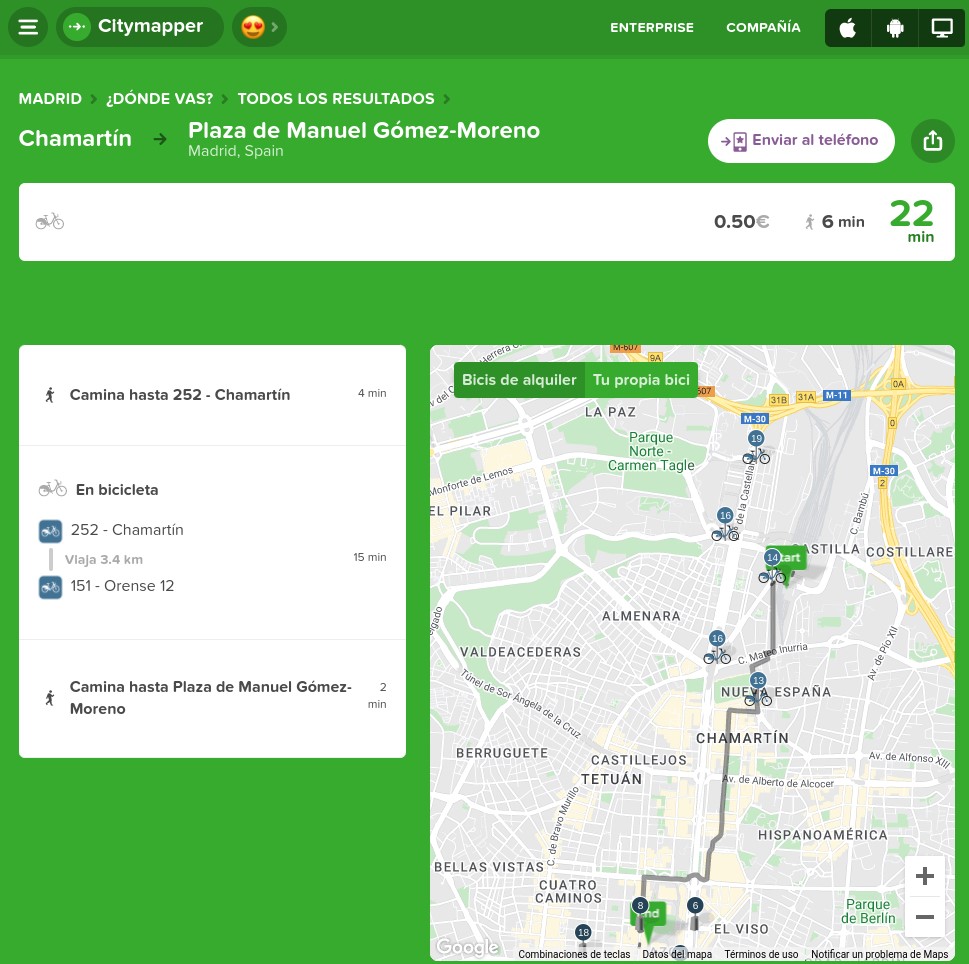
But the differentiating factor of CityMapper and probably the one that has had the greatest influence on its great success of adoption is the clever way in which it uses a combination of open and private data and artificial intelligence to provide users with highly accurate estimates of waiting times, journey times and even traffic disruptions.
For example, CityMapper is even able to provide information about the occupancy of some of the modes of transport it suggests on routes so that the user can for example choose the least congested carriage on the train they are waiting for. The application even suggests where the user should be positioned to optimise the journey by specifying which entrances and exits to use.
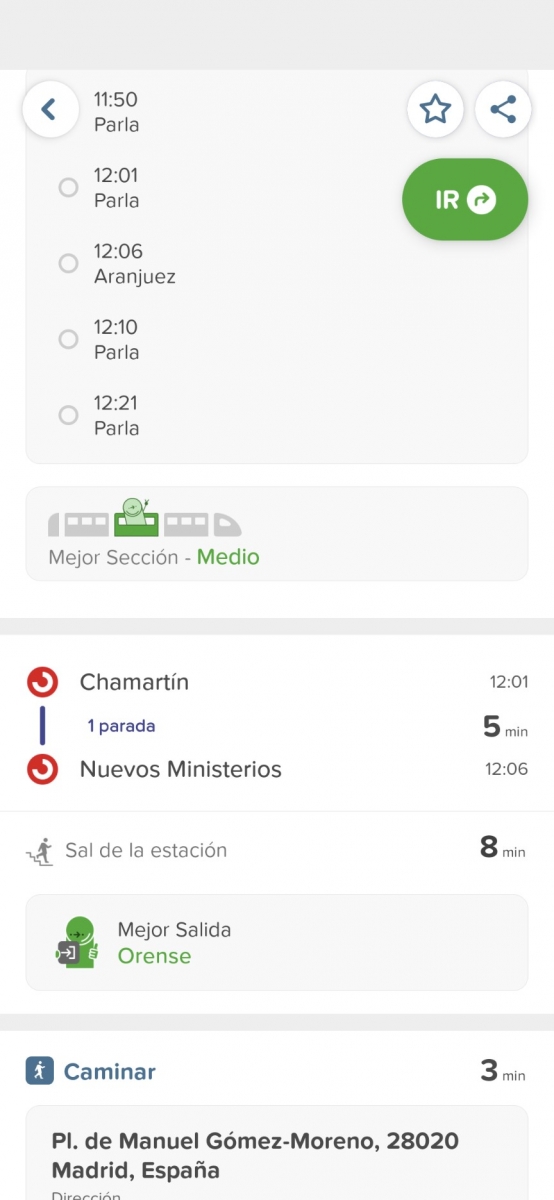
Outdoor visitor flows with FLOWS
The management of outdoor visitor flows introduces new elements of difficulty both in measuring occupancy and in establishing stable predictive models that are useful for visitors and for those responsible for planning security measures. This requires new data sources and special attention to the privacy of the users whose data is analysed.
FLOWS is a project that is working to help cities and tourism establishments prepare for peak tourism periods and redirect visitors to less congested areas. To achieve this ambitious goal, it combines anonymised data from various sources such as traffic control sensors, data from open Wi-Fi networks, data from mobile phone operators, data from tourist records or itinerary and reservation management systems, water and energy consumption data, waste collection or social media posts.
Through a simple user interface it will allow advanced analysis and forecasting of tourist movements showing traffic flows, traffic congestion, seasonal deviations, entries/exits to the destination, movement within the destination, etc. It will be possible to display the analyses in the selected time interval and make predictions based on historical data considering seasonal factors.

These are just a few examples of the many initiatives that are working to address a major challenge facing tourism during the green and digital transition - the management of traffic flows in both indoor and outdoor spaces. The coming years will undoubtedly see breakthroughs that will change the way we experience tourism and make the experience more enjoyable while minimising the impact we have on the environment and local communities.
Content prepared by Jose Luis Marín, Senior Consultant in Data, Strategy, Innovation & Digitalization.
The contents and points of view reflected in this publication are the sole responsibility of its author.
